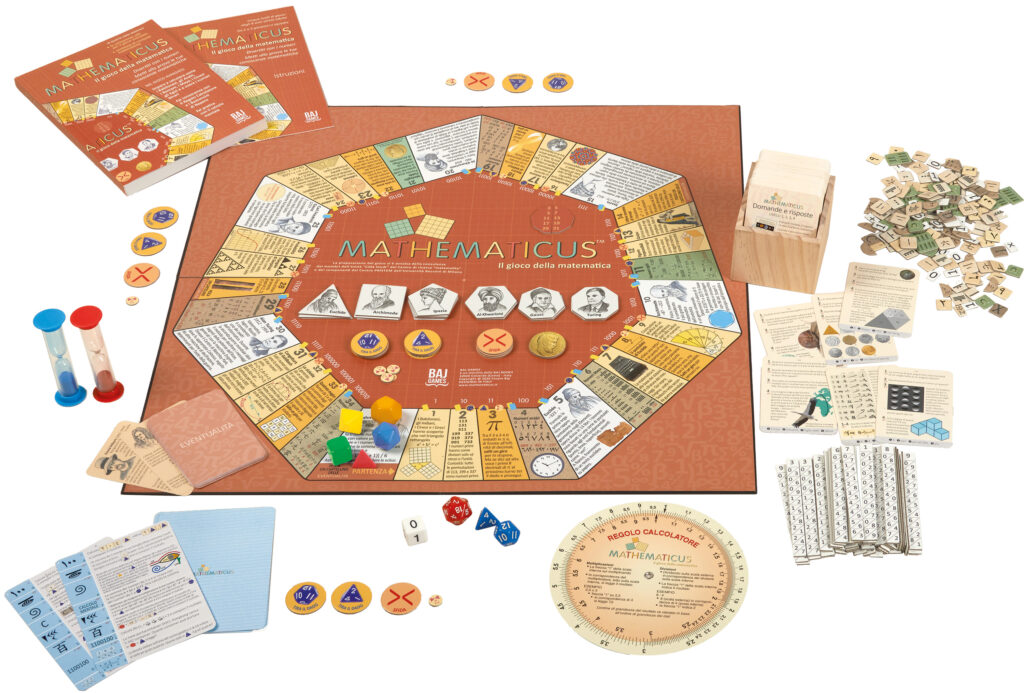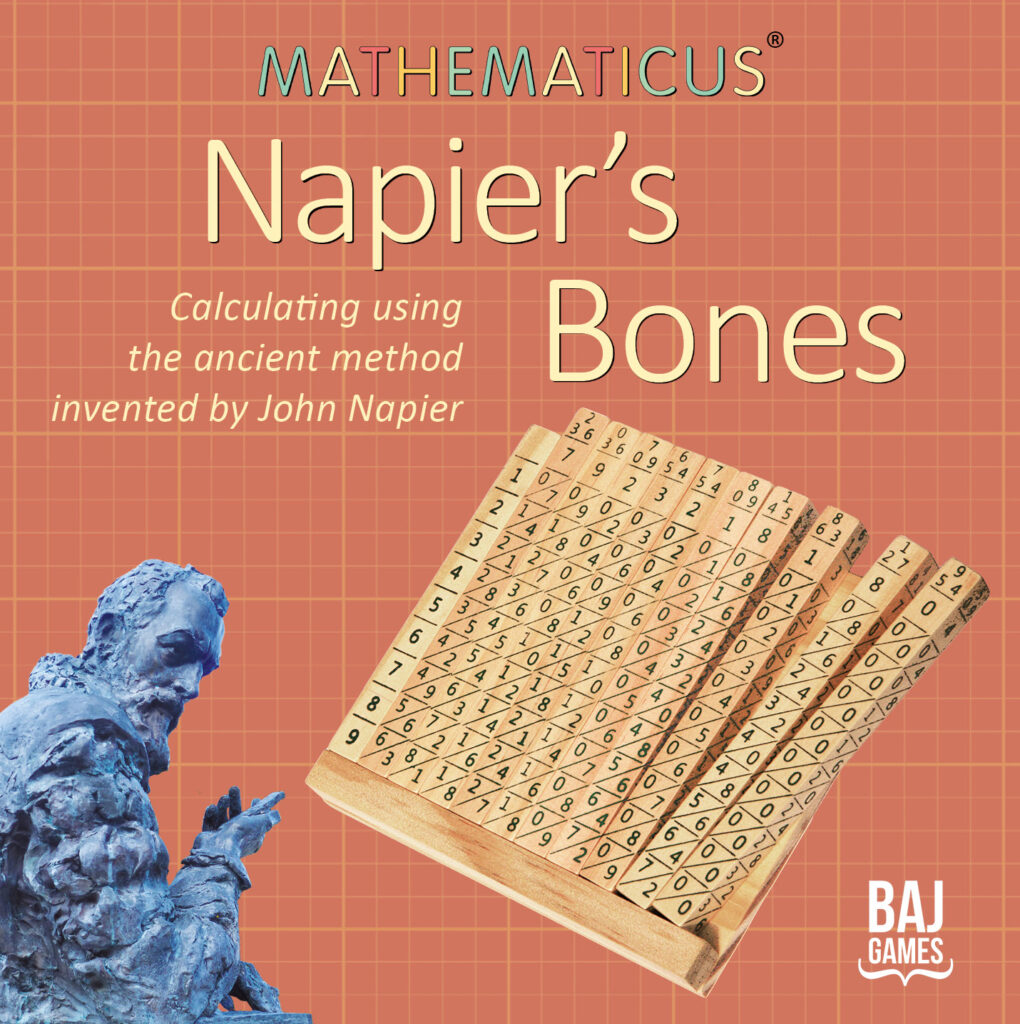“Understanding by doing” is the philosophy Cesare Baj has always applied as part of his commitment to promote the diffusion of scientific knowledge.
The author
 Cesare Baj is the son of an engineer and philosopher, who has been passionate about science and technology since childhood. He has always had a particular instinct for forms of popularization and teaching that combined the transmission of knowledge to activities to be carried out.
Cesare Baj is the son of an engineer and philosopher, who has been passionate about science and technology since childhood. He has always had a particular instinct for forms of popularization and teaching that combined the transmission of knowledge to activities to be carried out.
He has consistently applied this principle in the various publishing branches he has worked in, putting it into practice with the design and production of numerous kits targeted at science and technology enthusiasts, including dozens of gadgets proposed in conjunction with culturally focused editorial products.
He has also carried out consultancy work and led experimental activities in Montessori schools, for example the “Paper tools to teach science” workshop co-organised with the famous designer Bruno Munari .
Indeed, the philosophy “Understanding by doing” can be magnanimously applied to any field, as demonstrated by his recent works in the area of mathematics, which has been wrongly judged as being an “abstract”, “arid” and “difficult” matter.
An overview of his main works, produced in-house or for other publishers over the past decades are listed below.
Kits and gadgets designed and produced by Cesare Baj
The Complete Astronomy Game
1980
A set of classical instruments, made out of cardboard, used by astronomers and topographers dating from the Renaissance period to observe the night sky and conduct experiments.
Italian and French editions were produced.
The same and other similar materials were included in a 6-volumes encyclopedia of astronomy.


An abridged German edition was also released .


Astrolabe
1980
An astrolabe covering 8 latitudes. The first ever instrument able to show in addition to stars the position of the True Sun, represented by a lemniscate in the form of a figure of eight visible on the transparent cursor.
Italian and French editions were produced.
Newton, a monthly magazine focused on “science, technology and fantasy” edited by Cesare Baj
1981-1982
The first European science magazine published for young adults containing cut-out materials in every issue to carry out experiments.

Orientation, Topography, Navigation
1985
A set of 33 instruments used by navigators, topographers and those involved in the sport of orienteering.
Italian and French editions were produced as well as an abridged German edition.


Advanced pilot computing and plotting kit
1986
A set of instruments intended for aeroplane pilots.

The ‘Espresso’ magazine sundial
1986
‘L’Espresso’ is a popular Italian magazine (approximate circulation of 600,000 copies). One edition featured a free portable sundial.

Hoepli Pocket Planetarium
1987
A special version of astrolabe that was produced for the ‘Hoepli’ publishing house in Milan specializing in scientific literature.




The wearable sundial
1992
An amusing T-shirt able to tell the time, and which comes complete with a compass and instruction manual.
Cosmombrello
1986
A dual purpose umbrella that can also be used as a portable planetarium, and is accompanied by an instruction manual.

Birdsong
Animal sounds
1993
A range of audio cassettes produced as a simplified young adult edition of a more comprehensive product originally targeted at adults.
Other audio products:
- Introduction to radio listening using HF frequencies
- Audio guide to the night sky
- “Impossible interviews” with prominent historical scientists
- Radio communications extracted from aircraft accidents and their analysis

Editorial product gadgets
Since the 1980s
Cesare Baj has produced over 100 cardboard gadgets for newspapers and magazines that have been distributed by the most important Italian publishers.
These include tailormade slide rules designed to solve specific problems, as well as additional items designed to present data in a simple and appealing way.
The most curious gadget was a “Govern-o-meter”, attached to a weekly magazine in anticipation of the elections. This tool allowed readers to simulate the formation of the new government based on probable election results (it functioned in the proportional election system in force in Italy at the time).
Product circulation numbers: from a few thousand to more than half a million pieces.


Sundials
1995
A complete sundial construction kit produced for the ‘Hoepli’ publishing house in Milan specializing in scientific literature.
It includes specific plastic instruments, 30 cardboard computing instruments and sundials as well as an instruction manual on how to build various types of sundials.


Future Pilot’s Starter Kit
A completely new product ready for production
This introductory kit is targeted at aviation enthusiasts and future pilots. The box includes more than 30 items including standard computing and plotting instruments, maps, and a brochure with an introduction to the aviation sector and the activity of flying. There is also a 224-page book detailing all aspects of aviation, piloting, navigation and radio telephony, with an extra 50 inserts to allow readers to delve further into technical and historical issues.


Mathematicus – The game of mathematics
Mathematicus is a one-of-a-kind game that debunks the legend that mathematics is a hard, sterile subject. Mathematics is undeniably the foundation of science and all technical matters, but it is also entertaining and offers an incredible variety of experiences.
Mathematicus can be played in “basic”, “intermediate” and “advanced” modes. This is possible as each card has questions with four progressive difficulty levels; in this way, players with diverse knowledge can play together.
The squares on the board present a series of mathematical curiosities which, although irrelevant to the game, are provided to illustrate how vast and interesting the world of mathematics is.
The themes featured on each square are developed in the 176-pages book.
The advanced game introduces the player to the world of computing with the aid of ancient computing instruments, namely Napier’s Bones and the Slide Rule, as well as an initiation to ancient and exotic numbering systems (Babylonian, Egyptian, Roman, Arabic, Mayan, Chinese), the binary system and mental calculus.
The game additionally offers ample opportunities for experimentation independently from the game.
The booklet explains how to write and decode secret messages, how to prepare an interstellar message, how to prepare quipu in the style of the Incas, and how to wow friends with magical mathematical games, to name just a few possibilities.

Napier’s Bones
Dating back to their invention in 1614, for three centuries these calculation rods were the chief instrument used to perform multiplications and divisions.
The set of rods is an exact reproduction of the original version designed by Napier as described in his work Rabdology.
The attached booklet provides complete instructions on how to perform mathematical calculations, historical information and interesting snippets of information on the subject.
Stomachion
1500 years prior to the discovery of the Chinese Tangram, Archimedes described the Stomachion. This game was gradually diffused throughout the Mediterranean from the second century A.D. onwards, initially in the Greek zones and then in the Roman ones.
The attached booklet presents interesting mathematical features surrounding this artefact as well as recounting the eventful history of Palimpsest, a recently discovered ancient manuscript containing various missing works on Syracusan mathematics that had been overwritten with liturgic texts, among which was the Stomachion.

Promptuarium Multiplicationis
This rare and unusual tool, invented by John Napier in the 17th century and detailed in his work entitled Rabdology, was designed to facilitate multiplication.
The attached booklet provides historical information, interesting facts, the tool’s mathematical features and instructions for use.
Constant width solids
Particular shaped solids, designed by the mathematician Franz Reuleaux, which can be used for experimental purposes. The attached booklet describes some applications, such as the Wankel engine that uses a rotary design, or the drill bit that produces square holes.
Pop-up maps
Year 2000 onwards


The Babylonian slide rule… an “impossible” archaeological find
As a scholar of analogue calculus familiar with the history of slide rules, Cesare Baj is a member of the Oughtred Society, the international association based in the United States dealing with such issues.
Through his study of Babylonian mathematical tablets, it has been able to show that this civilization set out studying logarithms without using them, meaning that they already had the necessary knowledge to produce a logarithmic slide rule two millennia prior to Napier inventing logarithms.
He then proceeded to design and build an example of a “Babylonian” logarithmic slide rule functioning in the sexagesimal system, using the exact knowledge existing in ancient Mesopotamia.
The “find” was authenticated by fictitious but credible scholars in the field, and used in a fantastic archaeology experiment simulating an archaeological expedition discovery.
The news was rapidly revealed as fake in order to illustrate how gullible people can be tricked when provided with well-constructed ‘scientific evidence’.
This initiative reflects the spirit of the CICAP, of which Baj is a member emeritus. The CICAP is the Italian counterpart of the American CSI (Committee for Sceptical Inquiry) and of many other sceptic associations operating around the world, for example the Association for Skeptical Enquiry based in the UK.
The David Campbell-Harris “Future of Communication” award
In 1986 Baj was presented with the “Future of Communication”award from the J. Walter Thompson agency, in recognition of his report on “Second generation slide rules – Interesting applications in the field of mass communication and advertisement of a sophisticated technology of the past”.
In the report, Baj described how slide rules, a technical tool that fell into oblivion in the mid 1970s, could have a second life in mass communication, and the education and advertising sectors.
His production of kits and gadgets, sold in hundreds thousand copies across four decades, is a clear demonstration that slide rules really do deserve a second life and still have something to tell us.



